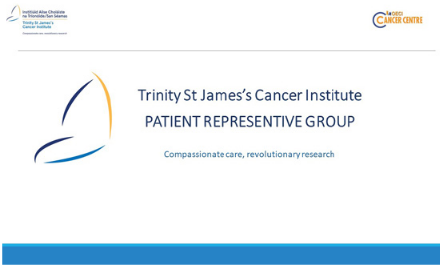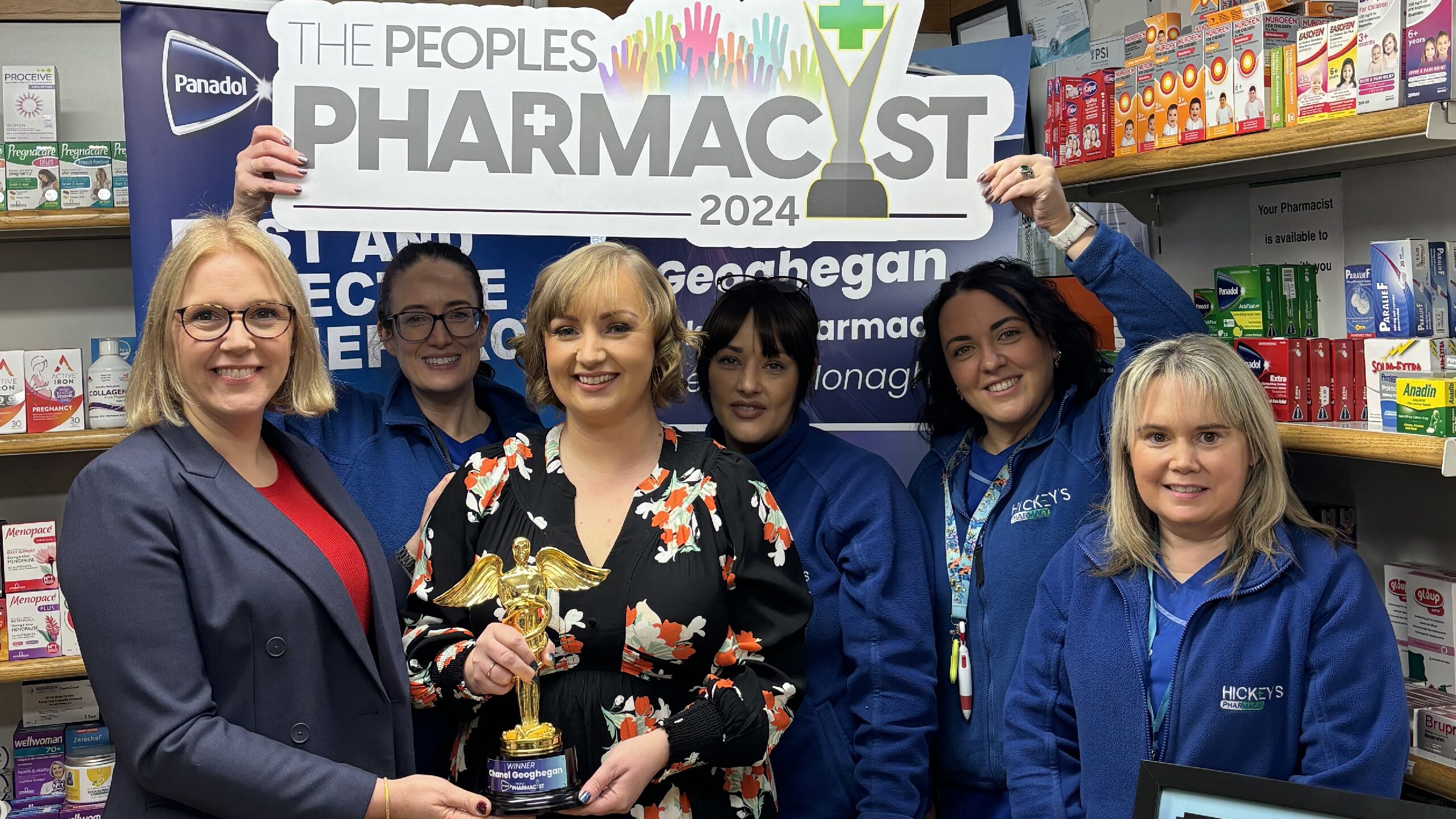Currently there are over 200,000 people living with and beyond cancer in Ireland and that number is expected to double over the next 25 years. Approximately 10% of these patients have had hematological cancers such as lymphomas, leukaemia’s or myeloma.1

by Members of the Trinity St James’s Patient Representative Group and Dr Grainne Sheill
Cancer and Exercise
Treatment options for haematological cancers include watch-and-wait approaches, chemotherapy, radiotherapy, immunotherapy, and stem cell transplantation (SCT). Long term and late effects following treatments include reduced physical functioning, fatigue, pain, physical inactivity and depression, mainly associated with steroid induced myopathy. Graft versus host disease (GVHD) occurring following SCT can lead to significant morbidity, and it can take years to recover pretransplant physical abilities.
Although patients may be advised to rest and avoid intensive exercises, there is an established body of evidence demonstrating the potential effects of exercise to improve physical and psychosocial functioning in patients undergoing treatment for cancer. The current evidence in haematological cancer also suggests that exercise interventions are safe and effectively improve quality of life, cancer related fatigue and depression and trials are ongoing examining the effects of exercise on a variety of other treatmentrelated side effects,2 however pathways to support patients to exercise are underdeveloped.
Exercising During and after Treatment for Haematological Cancer
Three patients living with or after haematological cancer talk about their experience of staying active during cancer treatment:
Pt 1: When I was diagnosed, I was fit and engaged in regular exercise but I was told to stop all levels of exercise and activities including housework. As I progressed through my induction (treatment) I began to return to exercise in particular cycling and yoga which I continued right through both stem cell transplants even bringing my yoga mat into the hospital. Some staff were encouraging and facilitated my yoga by taking me off my drip for an hour. After each stem cell transplant, I returned to cycling and tennis as soon as my energy levels allowed. As my disease progressed, I dealt with pathological fractures which interrupted and reduced my activity levels. I received targeted physiotherapy following bone fractures. I continued to cycle, walk and do yoga over the past seven years through many lines of treatment and bone damage and sclerotic skin GVHD. All efforts to exercise have been through my own determination.
Pt 2: I had a stem cell transplant in 2013 as treatment for Chronic Mylo Monositic Leukemia. The treatment was in isolation wards. The treatment and care provided was excellent. I believe physiotherapy had been planned prior to my discharge. But my discharge was hastened due to pressure on beds. The recovery from treatment was difficult not least because of the long time being bedridden in a confined space. In retrospect my recovery from the treatment might have been foreshortened if I had put greater focus on rehabilitation during and after my treatment.
Pt 3: I am on a daily treatment for CLL; I have been in treatment for 20 years. I exercise with a trainer twice a week. I started with pilates and have moved to personal training sessions with weights and cardio. My bone density has increased; my muscle strength and muscle definition have noticeably improved. I am 73 and I am able to get up off the floor unaided after a workout. After a session I feel amazing – the endorphin release lasts for a long time. Because I am active nearly everyday I do not allow myself to dwell on my diagnosis.
Development of Haematological Exercise Support and Services
Despite the known benefits of exercise, only 20-40% haematological cancer survivors participate in regular exercise. All patients are advised to avoid inactivity and be as active as possible during and after cancer treatment. If possible, the current guidance is for patients to aim for 150 minutes of moderate intensity or 75 minutes of vigorous intensity aerobic exercise per week, plus 2–3 days of resistance training of major muscle groups.
Patients outline what they feel would have encouraged them to include their physical activity levels during and after their cancer treatment:
Pt 1: (I think) patients should be assessed and given guidance and encouragement to be active and exercise right from diagnosis through stem cell transplants and beyond. Simply asking and reminding patients about activity levels should be included in the questions asked at each check up…Advice about post treatment exercise programmes – PERCS and Exwell should be offered to every patient.
Pt 2: An assessment of exercise needs prior to, during and post treatment together with personalised advice on appropriate exercises would be of huge benefit. Provision of this advice by physiotherapists with experience of dealing with cancer patients would be particularly beneficial. This service would improve patient well-being and perhaps reduce the need and cost of medical interventions required following treatment.
Pt 3: Since diagnosis in 2003 to now, I cannot recall being advised to exercise as part of my treatment regime. I was always active and exercise was something I did not do for the first year and a half after diagnosis as I was exhausted from treatment. Going back to being active was something I did on my own working with a physio on a one to one or in a group setting…The benefits I have received have been immeasurable. Exercise should be part of the regime for all patients.
As survival from haematological cancer continues to improve, an increasing number of people are living with treatment related sideeffects. With increasing awareness of the benefits of increasing physical activity levels and physical fitness in this group, there is a need for dedicated exercise programmes tailored to individual’s needs. The physiotherapy department in St James’s Hospital are currently developing their exercise rehabilitation pathway for haematological cancer. A directory of current cancer rehabilitation services available nationally in Ireland is available here: Home | Cancer Rehabilitation www.cancerrehabilitation.ie
References
1. National Cancer Registry Ireland (2022) Cancer in Ireland 19942020: Annual statistical report of the National Cancer Registry. NCRI, Cork, Ireland.
2. Knips L, Bergenthal N, Streckmann F, Monsef I, Elter T, Skoetz N. Aerobic physical exercise for adult patients with haematological malignancies. Cochrane Database of Systematic Reviews 2019, Issue 1. Art. No.: CD009075. DOI: 10.1002/14651858. CD009075.pub3









